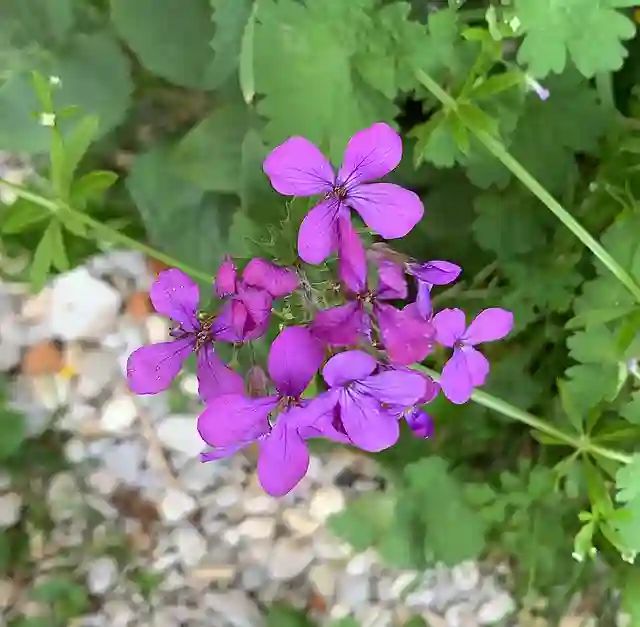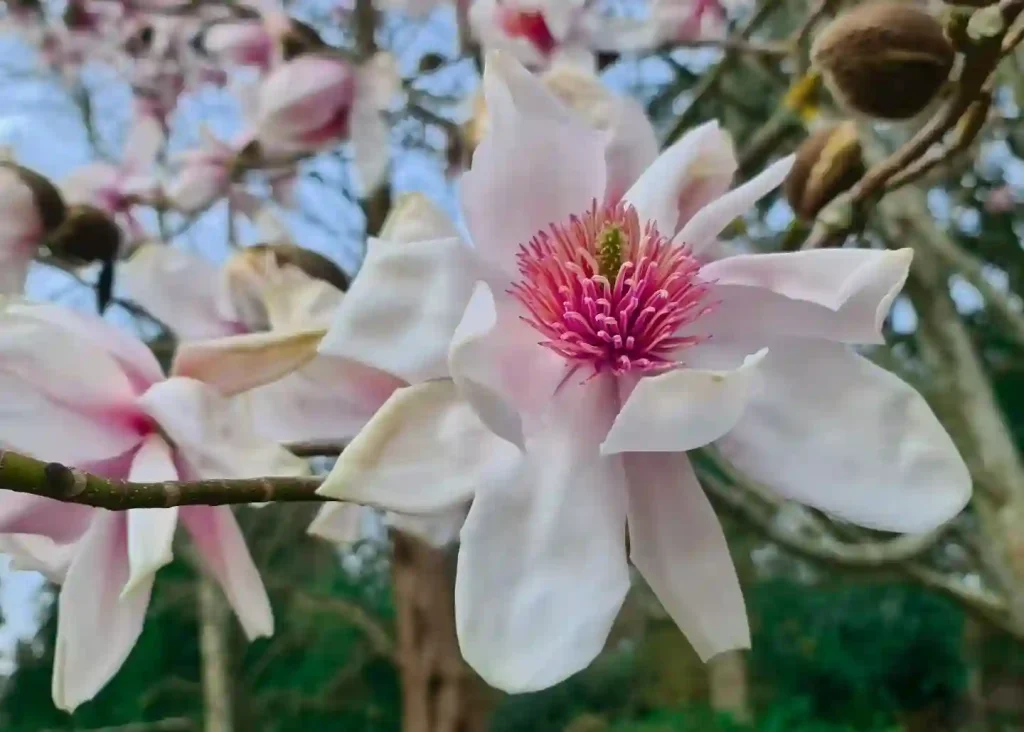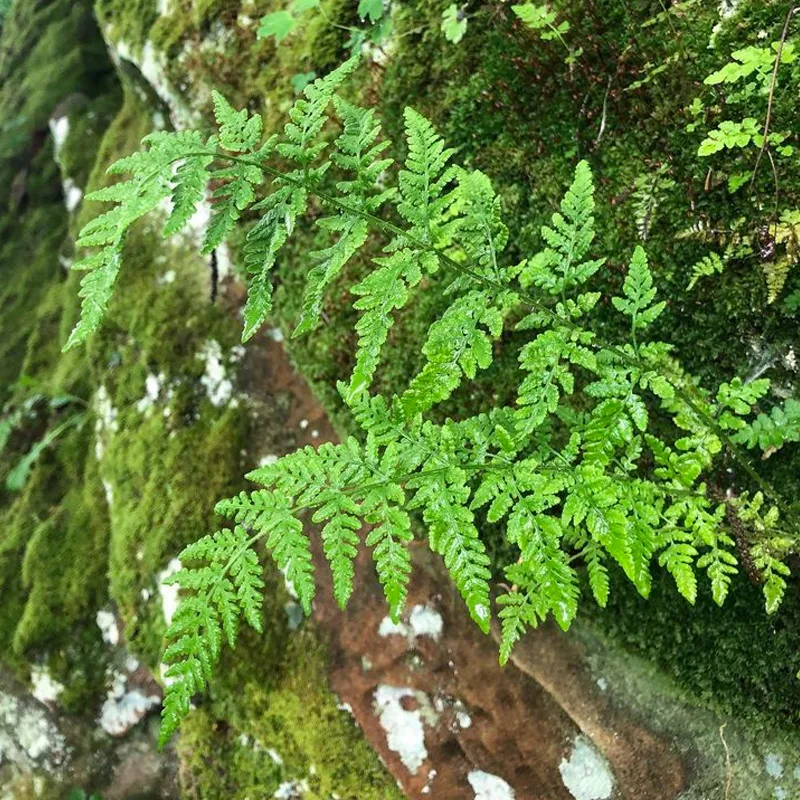My Fascination with the Mauritia Palm
The first time I saw a Mauritia palm, I was trekking through the Amazon rainforest. Its towering trunk, crowned with a massive fan of leaves, was an awe-inspiring sight. Sunlight filtered through the fronds, casting intricate shadows on the forest floor. I was immediately captivated. Since then, I’ve made it my mission to learn everything I can about this incredible genus of palms.
What is Mauritia?
Mauritia is a genus of fan palms, belong to the Arecaceae family, native to northern South America and Trinidad. These palms thrive in swampy areas and along rivers, often forming large, dense colonies. They are a vital part of the Amazonian ecosystem, providing food and shelter for a wide range of animals. The fruit, for example, is a favorite food of macaws, monkeys, and even fish!
The Species in Mauritia
Though once thought to be more diverse, there are currently only two recognized species within the Mauritia genus:
- Mauritia flexuosa – Commonly known as the moriche palm or aguaje, Mauritia flexuosa is a tropical palm native to South America, particularly thriving in the wetland regions of the Amazon Basin. This striking palm is recognizable for its tall, slender trunk and large, fan-like leaves, which help it withstand flooded conditions. It’s well-loved for its edible, reddish-brown fruit, rich in vitamins A and C, often used in juices, ice creams, and even oils with nutritional and cosmetic benefits. The plant holds great ecological importance as it provides habitat and food for various wildlife species, while also supporting the livelihoods of indigenous communities who harvest its fruit and leaves sustainably.
- Mauritia carana – Similar in appearance to Mauritia flexuosa, Mauritia carana is another wetland palm found in the Amazon Basin, though it’s less widespread and less studied than its relative. This species, known locally as carana or caraná, shares the ability to thrive in flooded, lowland tropical environments and plays an essential role in its ecosystem by offering shelter and food sources for wildlife. Its fruit and leaves are sometimes harvested for local use, though it’s not as commercially prominent as M. flexuosa. The palm’s resilience in saturated soils highlights its ecological adaptation, and it is culturally valued in some Amazonian communities for traditional uses.
Why Mauritia Matters
These palms are not just beautiful; they are also incredibly useful. Indigenous communities have relied on Mauritia palms for centuries, using them for everything from food and medicine to construction and crafts.
Here are just a few examples of how Mauritia palms are used:
- Food: The fruit of the Mauritia palm is edible and quite nutritious. It can be eaten raw, made into juice, or fermented into wine. The palm heart, found at the top of the trunk, is also a delicacy.
- Construction: The leaves of the Mauritia palm are used for thatching roofs and making walls. The trunks can be used to build houses and canoes.
- Crafts: The fibers from the leaves are used to make baskets, mats, and hammocks. Even the seeds can be used to create beads and other ornaments.
The Future of Mauritia
Despite their importance, Mauritia palms are facing growing threats. Deforestation and habitat loss are shrinking their natural range. Climate change is also disrupting rainfall patterns, affecting the swampy environments where these palms thrive.
It’s crucial that we protect these magnificent palms. By supporting sustainable harvesting practices and conserving their habitat, we can ensure that Mauritia palms continue to thrive for generations to come. I believe that by understanding and appreciating the value of these palms, we can all contribute to their preservation.
If i die, water my plants!



